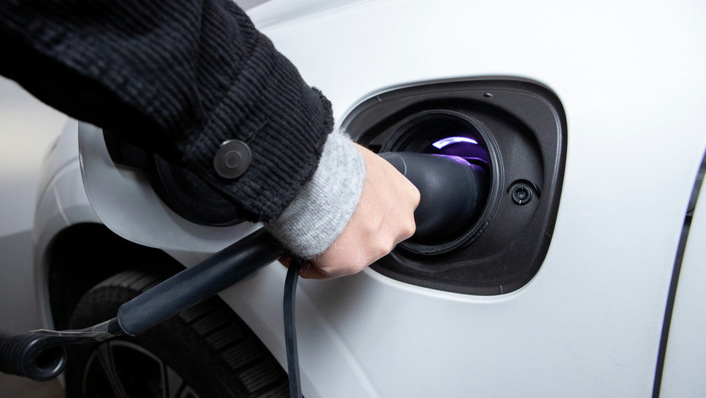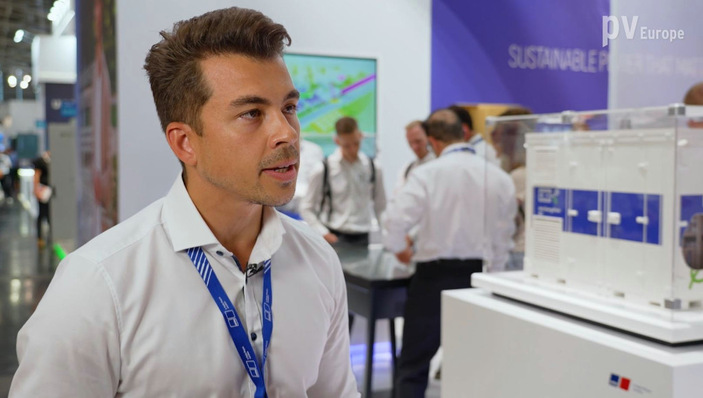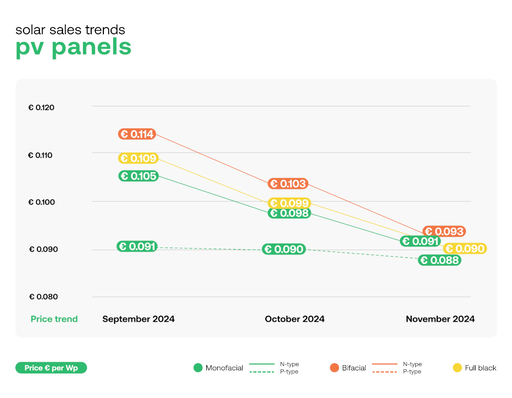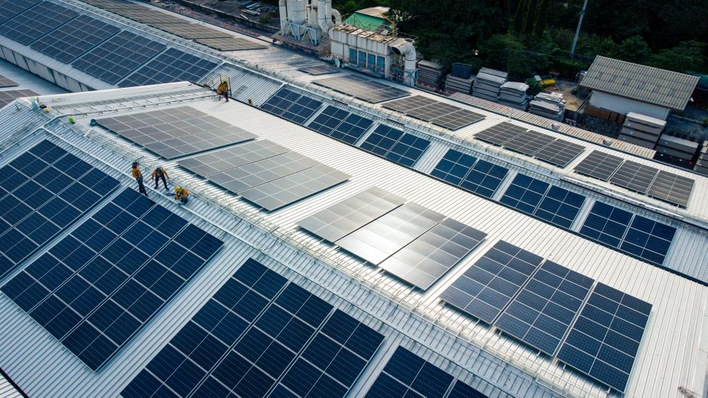Which mounting system do you use for your solar canopies of car parks?
Paul Keurinck: We are realising the project for Disneyland in Paris with a system adapted to the customer's wishes. The operators of the amusement park wanted the steel construction to match the look of the other buildings and constructions. It was to be a retro-style steel construction.
Is something like that the rule?
No. That is the exception. We don't normally build customised systems. We use two or three standard designs. The biggest difference is in the fundament. Of course, we have to make a special calculation for each project.
What does such a calculation include?
We build the substructure on a concrete foundation. The size of the foundation depends on the wind and snow loads on site. In addition, there is the height and width of the substructure. But this is a standard calculation, as we also do for other projects such as large roof systems.
Is a solar canopy for a car park comparable to a solar ground-mounted system?
Not really. Because the foundations are much larger. A solar canopy for a car park is not just higher than a normal solar park. We also cannot position the posts at any desired location, but have to adapt them to the size of the individual parking spaces. In addition, the posts are further spaced apart. Lastly, cars have to be able to park between them.
Of course, this also makes it more expensive than a normal ground-mounted system?
That is true. But we are giving an already sealed area a second use and thus an additional surplus value. This is different from solar parks, where we may well have to compete with other forms of use such as agriculture. Moreover, we don't need a building on whose roof we can install the system. Because the plant is the roof itself.
How are the modules installed?
That depends on whether the customer wants a roof with real weather protection. In that case, we first lay an common trapezoidal sheet on the substructure. Then we install the modules on top of it. If water is allowed to pass between the modules, we also have a small-grid system in which we can also integrate semi-transparent modules, which then form the actual roofing.
The advantage of the system with semi-transparent modules is that it is brighter under the roofing during the day?
We have already built such projects. But we usually realize the weather-protected systems with the trapezoidal sheet metal roof.
Can bifacial modules also be integrated?
That is also possible. But bifacial modules only have advantages if they can use the light reflected from the ground. This so-called albedo effect is very low in car parks, however, because the asphalt under the roofing is black and reflects little light. On the other hand, the canopies are higher than conventional solar parks, so that sunlight also gets under the modules. But that is only a few percentage points and therefore it is not worthwhile.
Is there anything special to consider with regard to shading?
It's similar to a ground-mounted system. Of course, we have to calculate the distances between the individual rows of parking spaces based on the angle of inclination in order to make maximum use of the area.
What angle are the modules pitched at?
The canopies have an angle of 15 degrees. This is the same angle at which we install the modules in ground-mounted systems in France. In Germany it is somewhat higher. But in contrast to the solar park, with the 15 degrees we have a large difference in altitude between the highest and the lowest point, because the individual canopy rows are very wide. We have to take that into account in the planning. Here we have to find an optimal balance between design, yield and costs.
Speaking of costs: What business models do you use to erect the plants?
In France, there is a special subsidy for such solar canopies for car parks. It is one of the few countries in the world that has such a feed-in tariff. That's why the market in France is developing very well. Without this subsidy, it would not exist at all.
See also: PV project in France with hydrogen, storage and community participation
But in the meantime we are also experiencing good conditions for self-consumption of the electricity from the solar canopies. Because the prices for electricity from the grid are rising. Admittedly, the electricity production costs with the solar canopies are higher than with a standard solar park. But it is still lower than the electricity price at the utility. This makes it profitable.
Is it the rule that the solar canopies are refinanced through self-consumption?
It varies. We have connected some of the Canopies to the grid as feed-in systems. But more and more we are building them for self-consumption, such as the solar canopy for the car park of the central hospital in Carcassonne. This makes it possible to operate the hospital in a climate-neutral way.
Does Disneyland Paris also use the electricity on site - that would make sense in view of the immense electricity consumption?
In the first step, the plant feeds the electricity into the medium-voltage grid. We will probably implement the self-consumption option at a later stage. But basically, physically speaking, we consume the electricity as close as possible to production anyway. In this way Disneyland, for example, uses most of the electricity generated by the canopies by itself.
There is no special subsidy everywhere. How do solar canopies pay off in other countries?
In other countries we also see self-consumption, but also solar obligation as a market driver. In some regions there are now regulatory requirements that car parks with a certain size have to be roofed with solar energy. Such a solar obligation has recently been introduced in France. Here, at least 10 per cent of the surface area of newly built parking spaces must be covered with solar modules. In addition, charging points for electric cars must be installed. This increases demand and we expect the market to continue to grow.
Do you install the charging points in the solar canopies as standard?
No, that is an additional feature, but it is often requested by customers.
The Interview was conducted by Sven Ullrich







